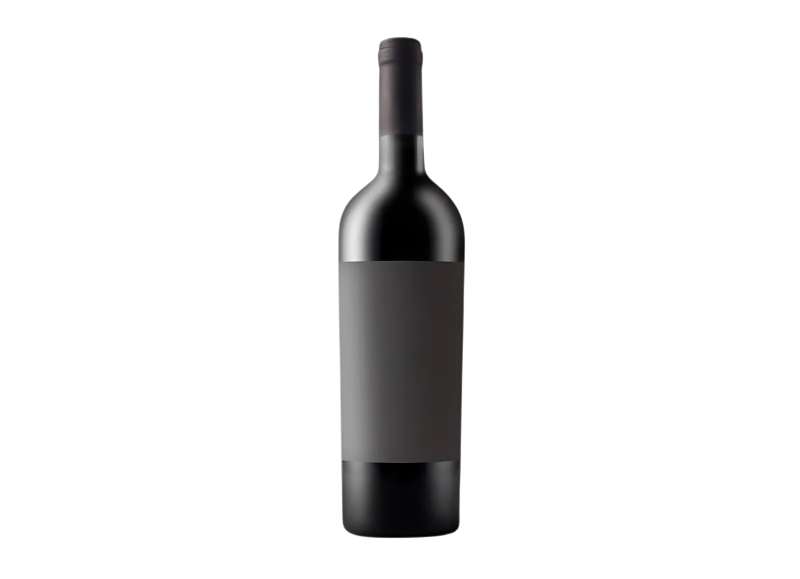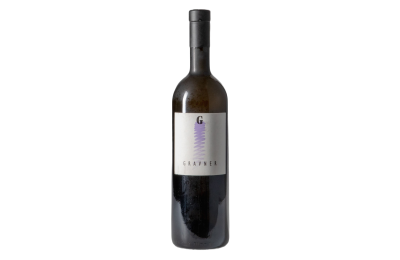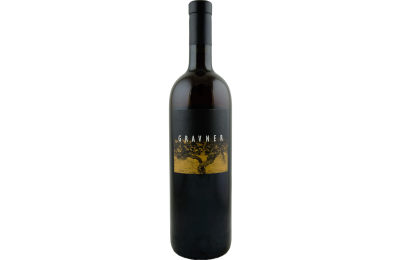Bruno Besa | Deep amber to golden rim. Mature nose, with apricots, orange blossom, orange peel, walnuts, and hazelnuts, alongside pine-forest undertones and complex earthy intensity. Firm, intense, and rich, with a firm core. I’m not a great fan of this style of wine, but there is something different here. Honesty and the highest commitment to quality are not in doubt here, but is this an entirely enjoyable experience or just a stage on an extreme winemaker’s personal journey? | 91
Andrew Jefford | Deep russet-orange; very clear and brilliant, too; time-resolved. Deep, yeasty, umami notes; gratifying and pristine; subtly fruited (some soft citrus and autumn orchard fruits) but fruit is not the main point at all here; rather it is the weave of a quiet hillside of allusions (leaf and grass, mushroom and leaf litter, crushed nut and curd, undergrowth, felt and wool) which compels. A wine, one might say, that seems to have grown out of the autumn hillside fully formed, like a Tolkien Middle-Earth dream of a wine. Fine, resonant, calm, composed, and wise: an aromatic triumph, and truly much more interesting than the wines we have seen in reductive style on this occasion. In the mouth, this is very lovely though also so different from everything else as to mean that we open a new chapter in wine-tasting for it. It’s not particularly Ribolla for me (though I admit that perhaps it would not have been as it is had it not begun life with Ribolla genetics; I just don’t know here) and it is truly the opposite of everything that one customarily assumes Italian white wine to be. It’s soft, slow, gracious, dappled, gently unfolding, wealthy on the tongue, almost budding on the tongue, creating new pathways of aromatic resonance as it sits there. The tannins are gorgeous: soft, cupping, comforting, supporting. And the flavors are really so much more than wine can normally be: ancient and banquet-like, savory, savorous, tender, resourceful, earthy, mellow, a Middle Earth feast. It’s a brilliant liquid expression of earth’s treasures. Whether it really has much meaning for our tasting I don’t know, but for me it is an absolutely compelling vindication of its creator’s approach, and I count myself fortunate to have tasted it. Certainly the best wine of this style I have ever come across, and scoring it is kind of pointless, since a points score is so beside-the-point. But I must, so I will! Three points short of perfection, since perhaps one could take this approach further still... | 97
Michael Palij | This “orange” wine is oxidized through maturation in bottle (and via lengthy skin contact), which has wrought changes perhaps unreconcilable with those who argue Ribolla’s ineluctable right to a place in the canon of the world’s great white varieties. This is a white wine that cannot claim to be from a particular variety or from a specific region. It’s modus vivendi speaks to a deep dissatisfaction with the status quo rather than a calculated twist of the winemaking dial. Out with the old, in with the new—I’ll cede “different” but not “better” or even “good.” Why would anyone drink this, apart from the desire to make a statement? And even then, a statement of what? Dissatisfaction with Corton-Charlemagne and Sancerre or just a deep ennui with the wine-world’s homologation? I will not award marks for sheer cussedness rather than genuine innovation. | 70
Details
| Wine expert | Andrew Jefford Bruno Besa Michael Palij |
| Tastings year | 2020 |
| Region | Friuli - Venezia Giulia |
| % Alcohol By Volume | 15.5 |
Gravner





